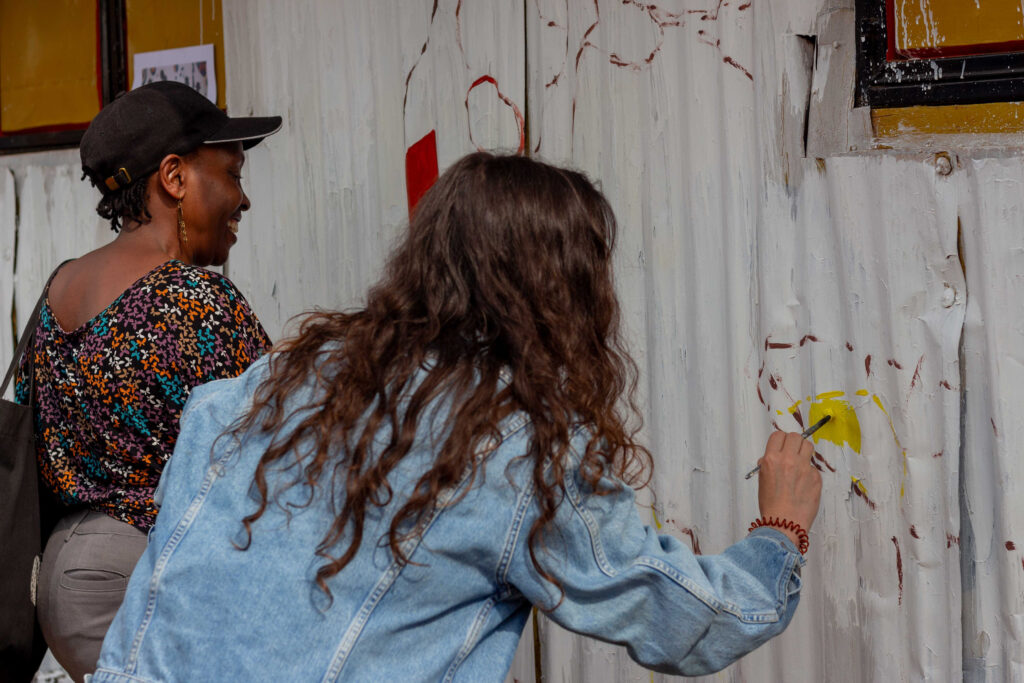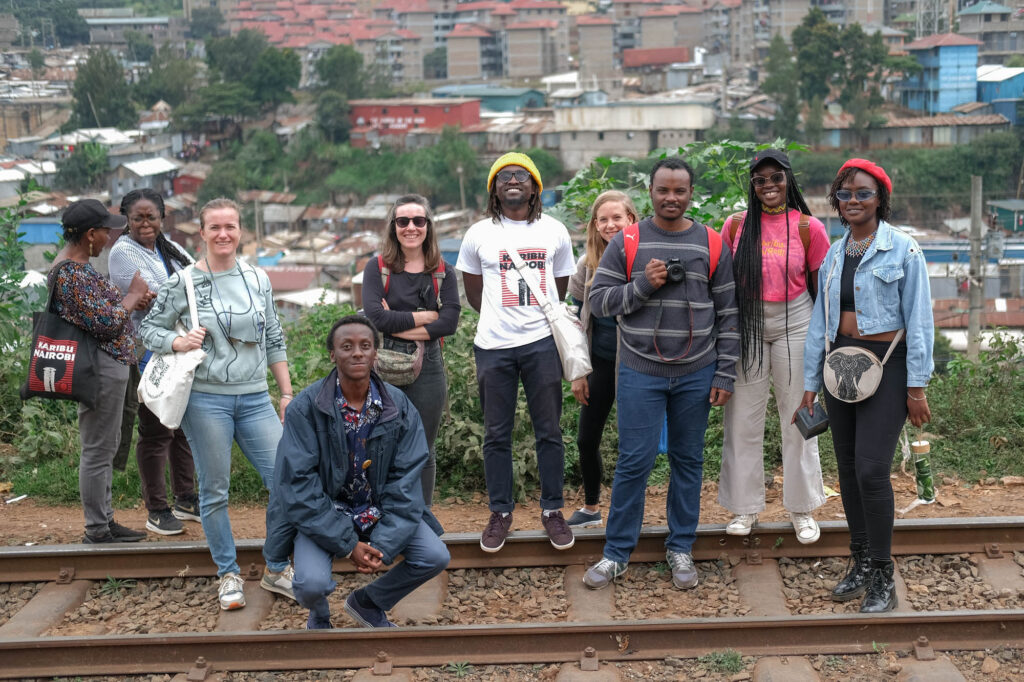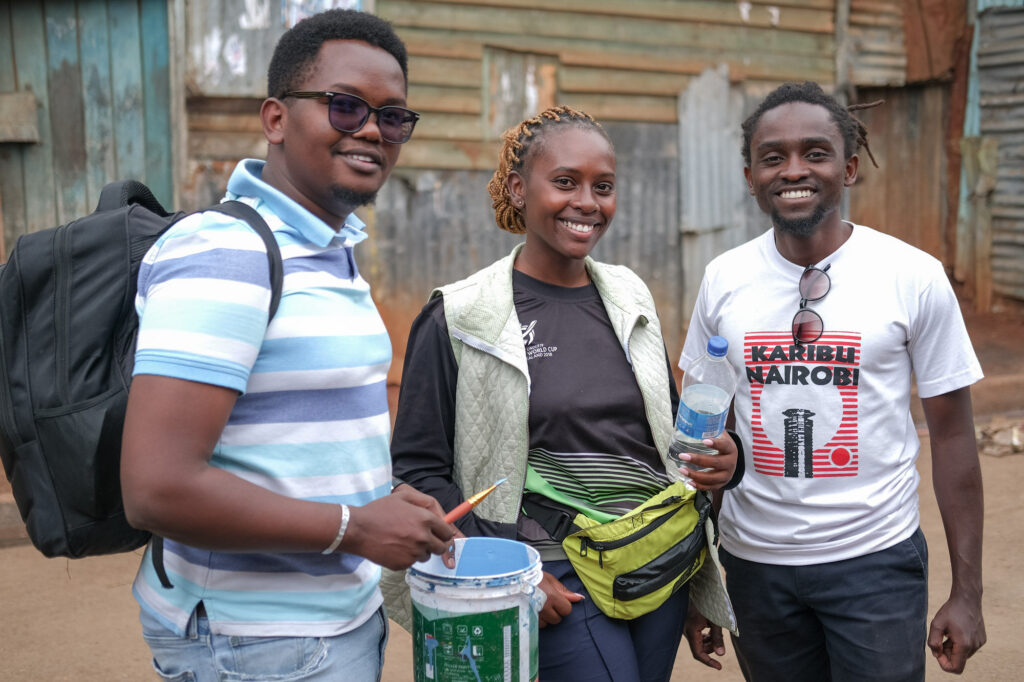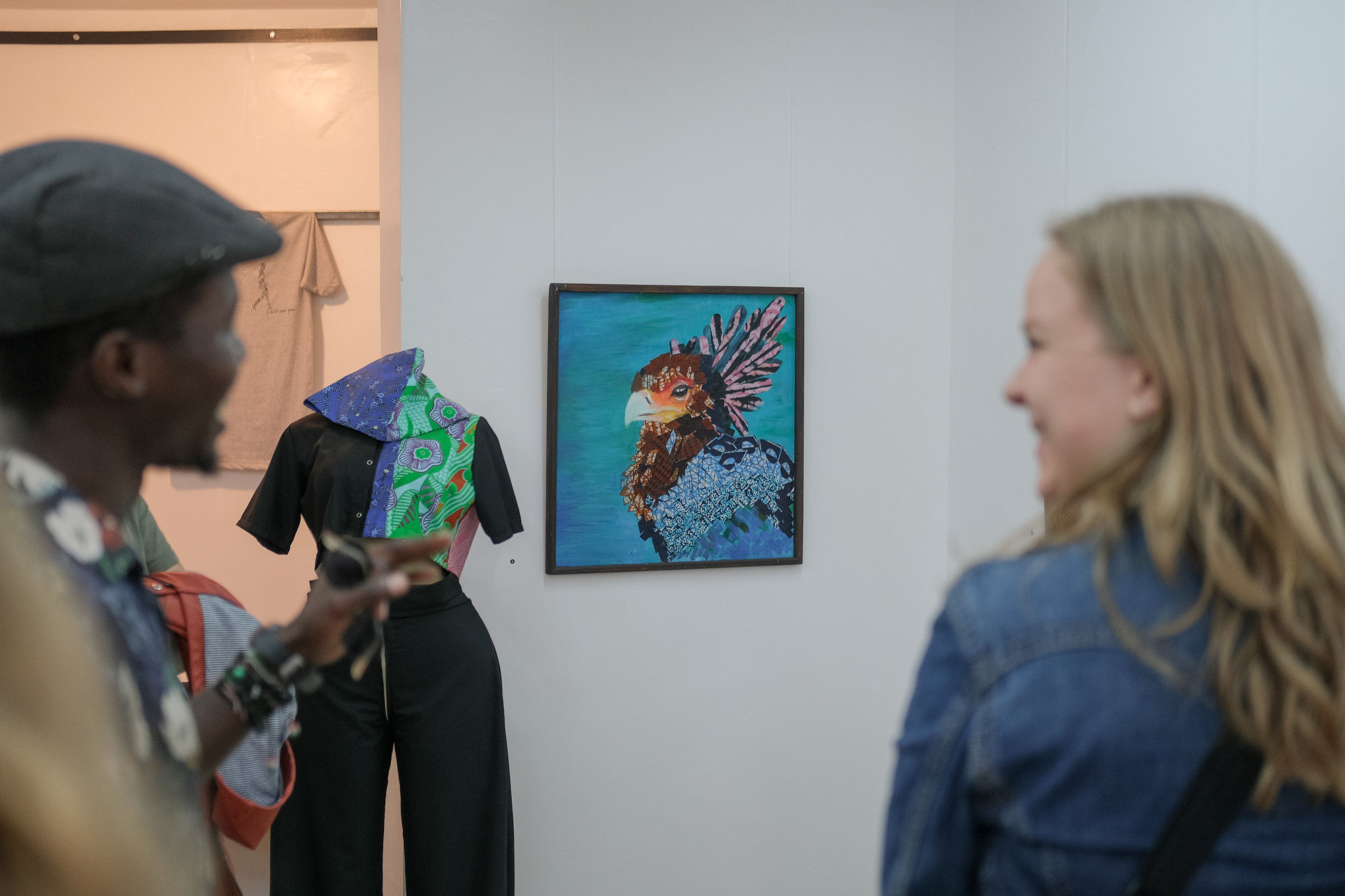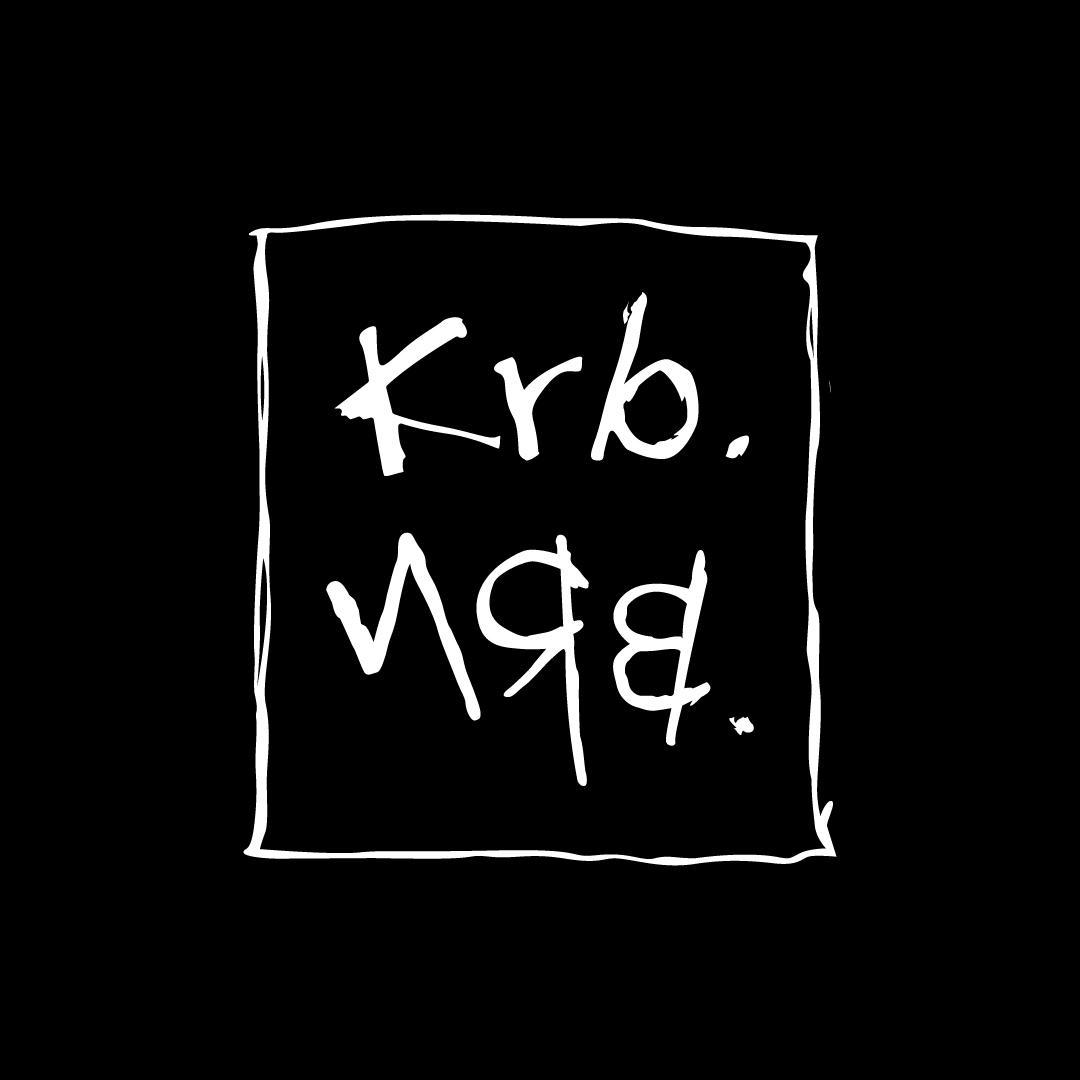Written by Selina Chahango
Once home of the returnee World War I Nubian soldiers, Kibera or Kibra (I’m somehow unable to get my mind to make the switch) is one of the most renowned residences in Nairobi. Famous for being the “largest” slum in Africa, home of Octoppizo (number nane baby), home ground of former long-time opposition leader Raila Odinga and the arena of the infamous flying toilets, many tales have arisen from this hood. So when Karibu Nairobi posted that they would be having a #mtaaniexperience there, I knew I wanted to go. I wanted to see for myself this mystical place that is literally just on the other side of the tracks from where I live.
I’ve never been comfortable with the idea of a slum tour, but knowing Karibu Nairobi and the work that they do, I knew this is not what it was going to be. We weren’t going to ogle at heaps of rubbish and gawk at mabati shanties. No, there’s no novelty in that. It was going to be a cultural and artistic excursion into — I dare say — the arts capital of Nairobi. It is no secret. From music to caricature to comedy, Kibera constantly produces top talent that dominates the art industry. Don’t believe me? Check this.
The first thing I noticed upon crossing over the tracks was the atmosphere. It was boisterous. People were milling about, motorists a flurry, engines raving and horns blaring. Booming music pulsed from all around and the rhythmic chants of matatu touts rose above the din, competing with the clanging of metal on metal from hardware shops. Life surged with an exuberant vitality.
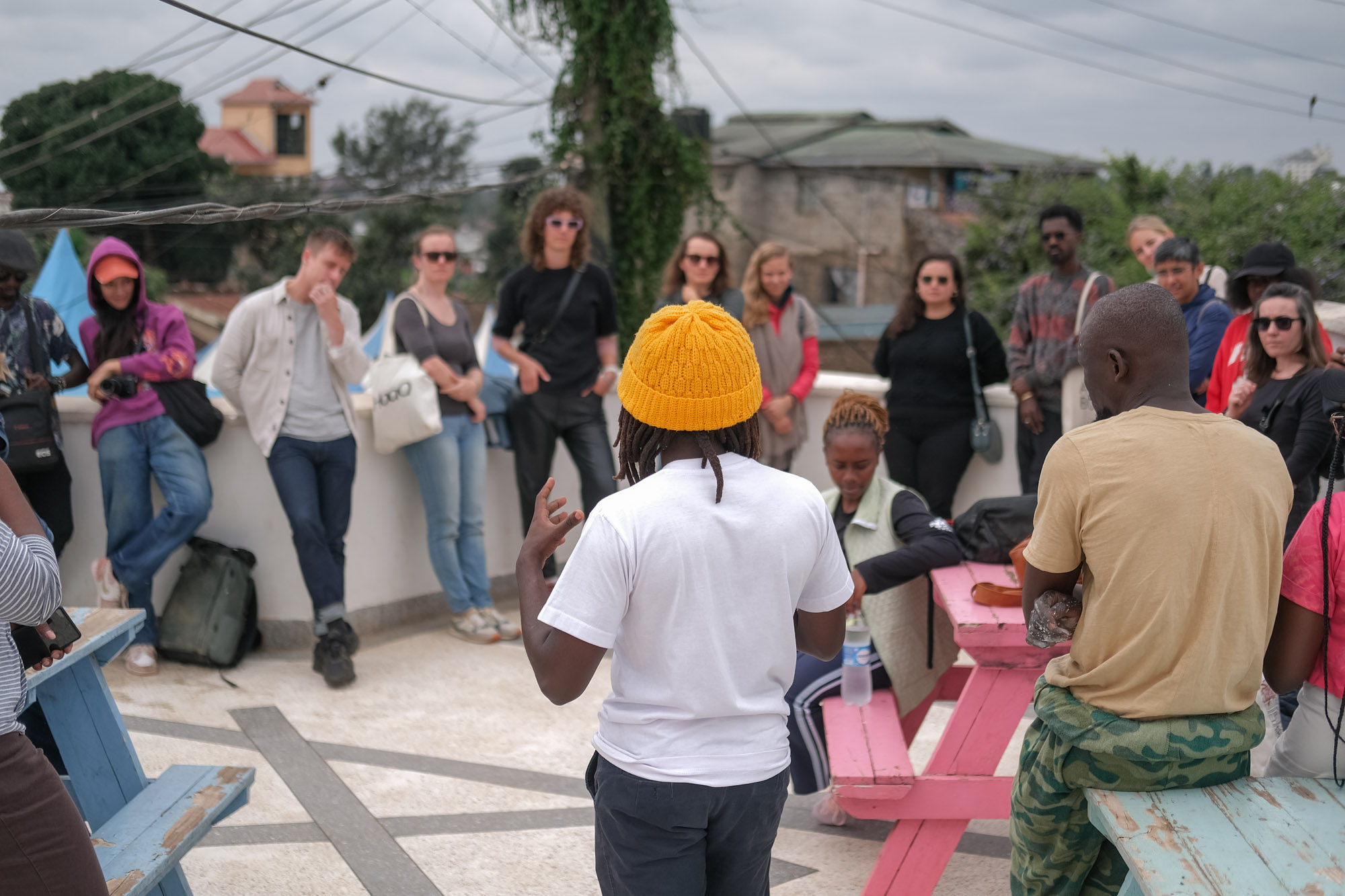
A few miles into Kibera is the marvel that is Kibera Arts District, where, as we would come to discover during our excursion, multi-talented artists are busy at work crafting bespoke pieces. We had a guide, a cocky artist from the area with a hip-hop aura who was beyond himself with excitement to showcase the magic we were about to experience. From jewelry making to painting to sculping to glass blowing to photography, videography, music recording and production, there was something for everyone and he wasn’t going to leave any stone unturned.
My senses were awake with delight.
Nothing is spared the artistic touch in Kibera Art District. Even the graffiti on the shops around isn’t just graffiti, it is fine art at its best. The guide explained that the most beautiful time to view them is in the soft early morning light, before the shops are open and one has an uninterrupted view of all the murals in their full glory.

On the streets, groups of children, inspired by the music, would often erupt into simultaneous, well-coordinated dance routines to music blasting out from this or that shop. Smelders — benders of iron, were hard at work, and the sparks from their welding tools could often be seen flying in every direction, bringing a sense of vibrancy.
The culmination of the experience was the painting of a mural at one of the pubs, which we were to work collectively on. It was my first time holding a paintbrush. Ever. I was mesmerized. I’ve always held myself back from painting by imagining that I’d first need not only a set of fancy paint brushes, but also special acrylic paint and a natural gift. Boy was I wrong. The atmosphere during the mural painting session was relaxed. We were even joined by children and I couldn’t help but be envious of their ease around the art supplies. That from such a young age, they have been exposed to art and the creation process in a way that is so naturally a part of their lifestyle. Just another Saturday at play.
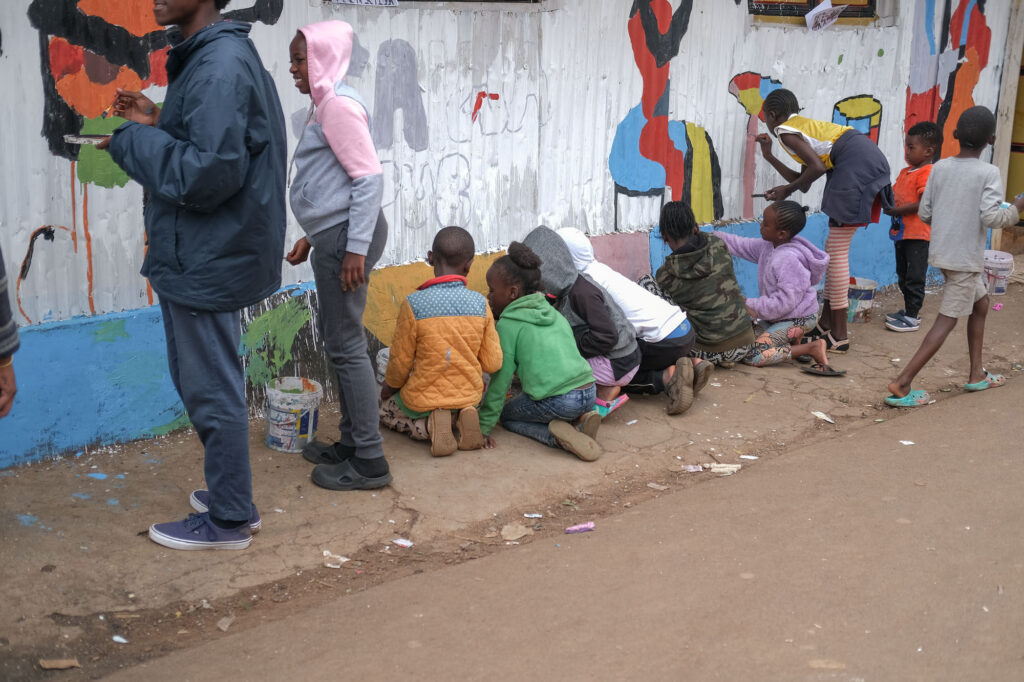
It was not until around 5 o’clock after I had decided to head back home, that I noticed the thick black clouds that had been covering the sky for the most part of the day. I had been surrounded by so much art, so much color, so much life, that the grey hues had gone unnoticed.
No sooner had I crossed the railway than I was already planning my return, squad in tow, to expose them to the surprise beauty and delight that is the Kibera Art District.
